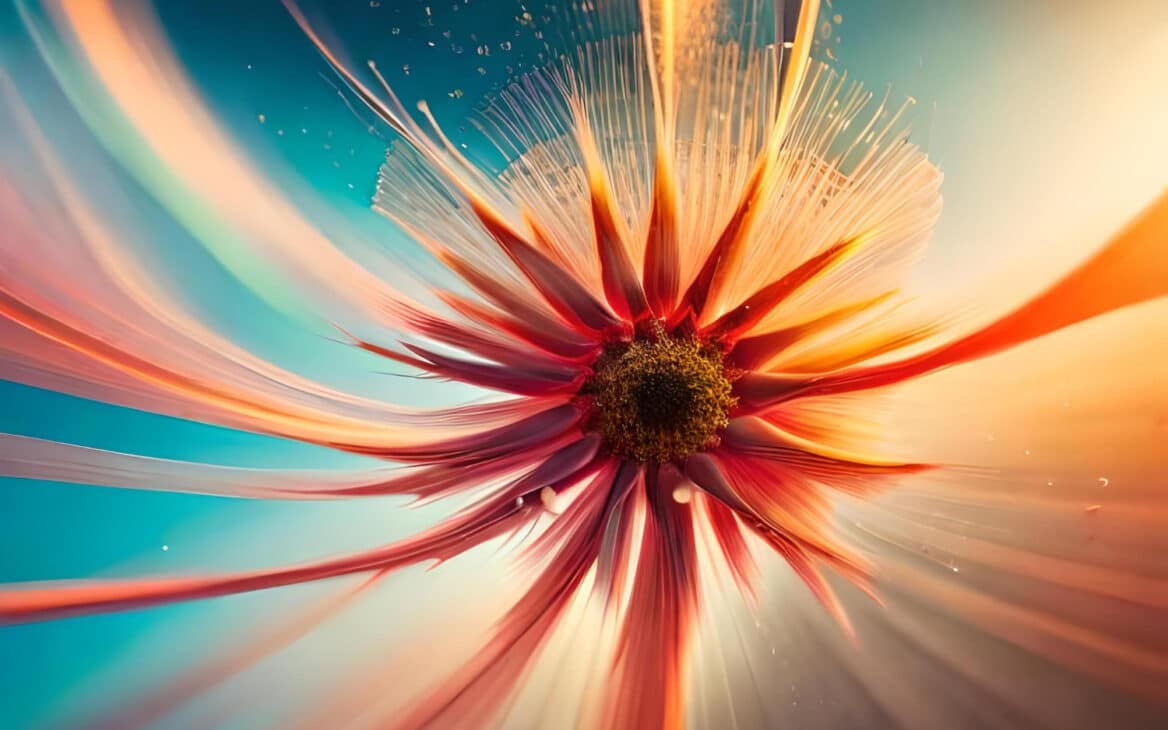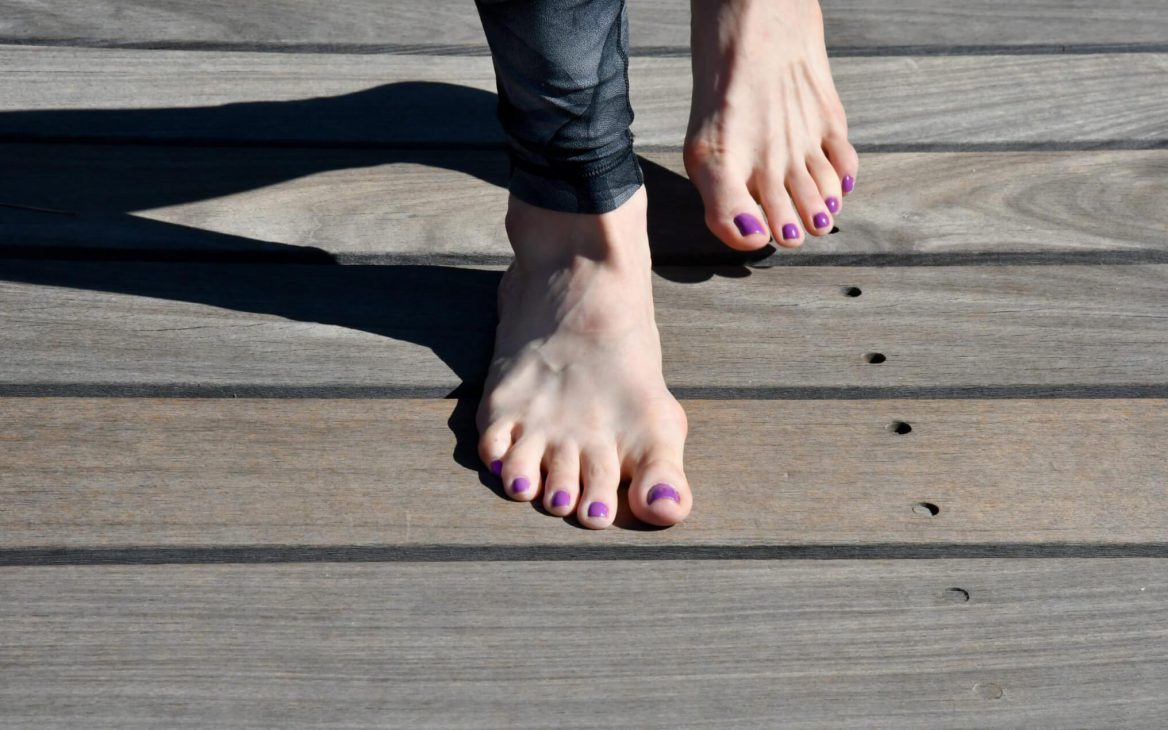The big toe joint is one of the most important I the body in respect to balance, stamina, and virility. The big toe is crucial, for it is part of the inner foot complex, home to the medial arch. So many people struggle with flat feet, which may cause compression around the big toe mound. In walking, the big toe mound is the primary location for weight bearing, along with the heel and the little toe mound. Due to this, it is prone to abuse—especially when one has spent years walking or running on pavement. The joint around the big toe often swells and the bone develops increased mass called a bunion. Runners, dancers and athletes have incredible proprioceptive connection (specialized nerves allowing sensory awareness) through the big toe. You can readily tell the athletes in the crowd from the non-athletes by looking at their feet. People who are not movers and non-athletic will often have some distortion around the big toe, with the exception of ballet dancers. Ballet trained people often suffer great pressure around the big toe due to training on point (and wearing point shoes).
The webbing between the big toe and second toe is one of the Four Gateways into the body in Chinese Medicine. The Liver 3 point is located as part of this gateway, and is associated with “activating the blood and qi”. This is a good point to open in Virasana. On the inside of the big toe are the first points of the Spleen channel in Chinese Medicine and on the plantar surface of the foot near the big toe is the all important Kidney 1 point. This point is the spring or “Bubbler” in Chinese practice and it gives rise to the kidney life force in the body. The kidneys, in Chinese theory, govern longevity in the body.
As one ages, the big toe and the thumbs are one of the first locations for arthritis to set in. Thus the importance of sustaining mobility in these joints! In asana, we not only sit in Virasana but also Vajrasana (the “broken toe” pose). All standing poses help to stretch the plantar fascia and strengthen the small ligaments and strong tendons that tie into the big toe. Two muscles attach directly to the first metatarsal, the Extensor Hallucis Longus on top, and the Flexor Hallucis Longus on the sole of the foot. Look them up in an anatomy book. They allow for greater ROM (Range of Motion) in the big toe and are often culprits when tight in helping to create bunions.


